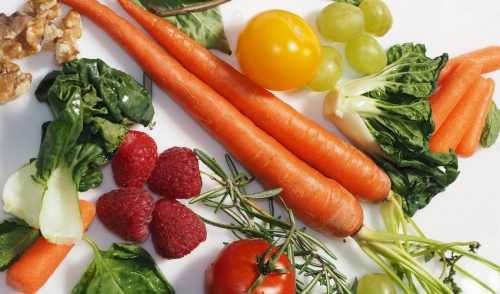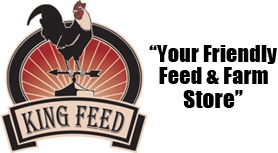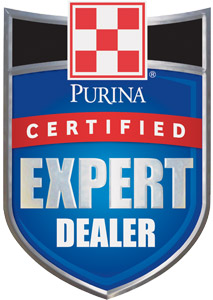{article.name}
The Role of Antioxidants

- Share this:
- Share on Facebook
- Pin on Pinterest
- Tweet on Twitter
Antioxidants such as vitamin E are beneficial, but how much does your horse actually need?
We know antioxidants are important for health, but few people really know what they are or what they do. Simply put, antioxidants fight free radicals. So what are free radicals? Think back to your high school science class. Somewhere between memorizing the periodic table and blowing up chemistry beakers, you probably learned that cells are made up of molecules that have an even number of paired electrons. Sometimes, however, a molecule will end up with an odd, unpaired electron that makes it unstable and reactive — a free radical.
The free radical’s unpaired electron tries to “steal” an electron from other molecules, setting up a chain reaction that continues to produce more and more free radicals. The immune system may utilize free radicals to neutralize viruses and bacteria, so in some cases free radicals can be helpful. But when free radical production becomes excessive, damage to cells and body tissues can occur.
Free radical damage occurs with age, stress and environmental pollution. Unchecked, free radicals in the system cause wear and tear on organs and body functions. Antioxidants, such as vitamins A, E and C, and the mineral selenium, protect the body against the destructive effects of free radicals by acting as free radical scavengers. They donate one of their electrons to the free radicals, stopping electron “stealing” reactions and helping to prevent cell and tissue damage.
Vitamin E is the most abundant fat-soluble antioxidant in the body. According to the newly published National Research Council (NRC) Nutrient Requirement of Horses, the vitamin E requirement for horses has not changed since 1989. (See sidebar.) Some research suggests that extremely hardworking horses, such as those running endurance races, might benefit from dietary vitamin E levels as high as 5,000 IU/day. This has not been well duplicated in other studies, but there are no reported adverse effects to intakes in that range. Most research supports the recommendation of 0.9 to 1.0 IU/lb of body weight for hardworking horses. But, for horses exhibiting some muscle stiffness or elevated muscle enzymes, the higher level may be of some benefit.
The concentration of naturally occurring vitamin E varies considerably in typical feeds for horses. Fresh forages and immature harvested forages contain the highest concentrations of vitamin E, ranging from 15 to 50 IU/lb. Grains, such as oats and corn, tend to have lower concentrations, from 10 to 15 IU/lb. A diet of fresh pasture containing 50 IU/lb of vitamin E would well meet the requirements of all horses, except possibly for those doing intense exercise that may benefit from higher than normal recommended levels.
However, vitamin E content declines over time in stored grains and hay. For example, vitamin E in alfalfa stored for 12 weeks has been reported to decline 54% to 73%. So a horse eating fresh alfalfa hay will usually consume adequate Vitamin E, but if hay is very mature when it is cut, or is stored for an extended period, another source of vitamin E may be necessary.
Vitamin E intake will vary in typical, unfortified diets for horses. Therefore, choosing a feed that is fortified with vitamin E will ensure adequate vitamin E intake. Owners should be cautious when adding a vitamin E supplement to a well-fortified concentrate, because most vitamin E supplements also contain selenium. Too much selenium can be harmful, so contact your veterinarian or an equine nutritionist for help in determining if your horses need additional vitamin E and if the supplement you are using is safe with your current ration.
Vitamin E Requirements
1,100-pound mature horse at maintenance - .45 IU/lb or 500 IU/day
1,100-pound mature horse with exercise - .72-.90 IU/lb depending on type of work
- light work - 792 IU/day
- very intense work - 990 IU/day
1,100-pound pregnant or lactating mare - .90 IU/lb or 990 IU/day
600-pound growing weanling - .90 IU/lb or 540 IU/day
Special Offers
We are constantly adding new specials to our site. Be sure to check back often!



Comments